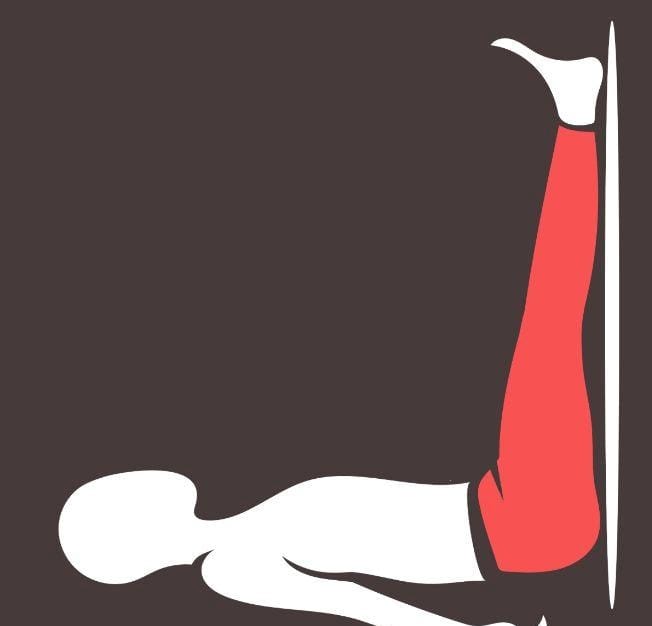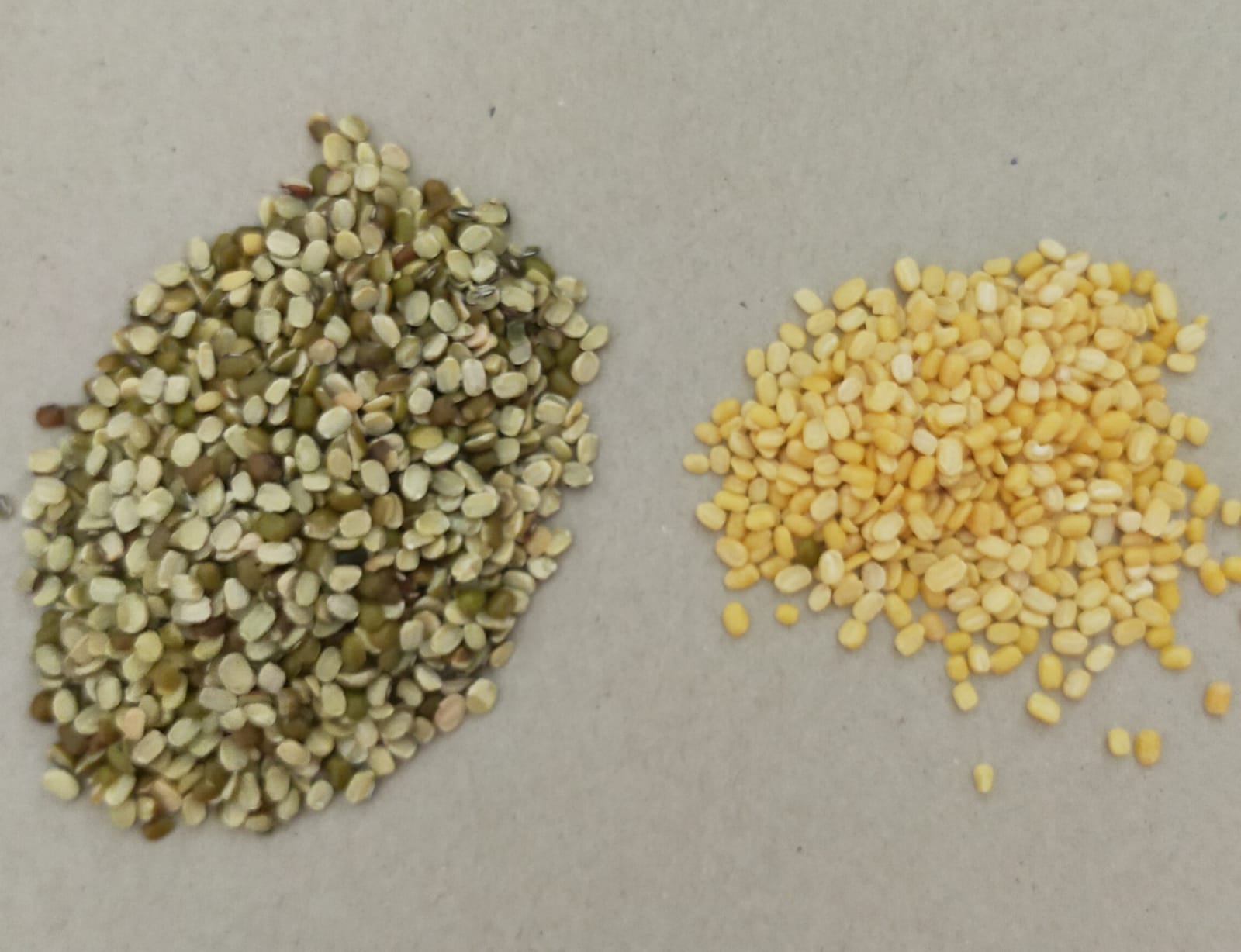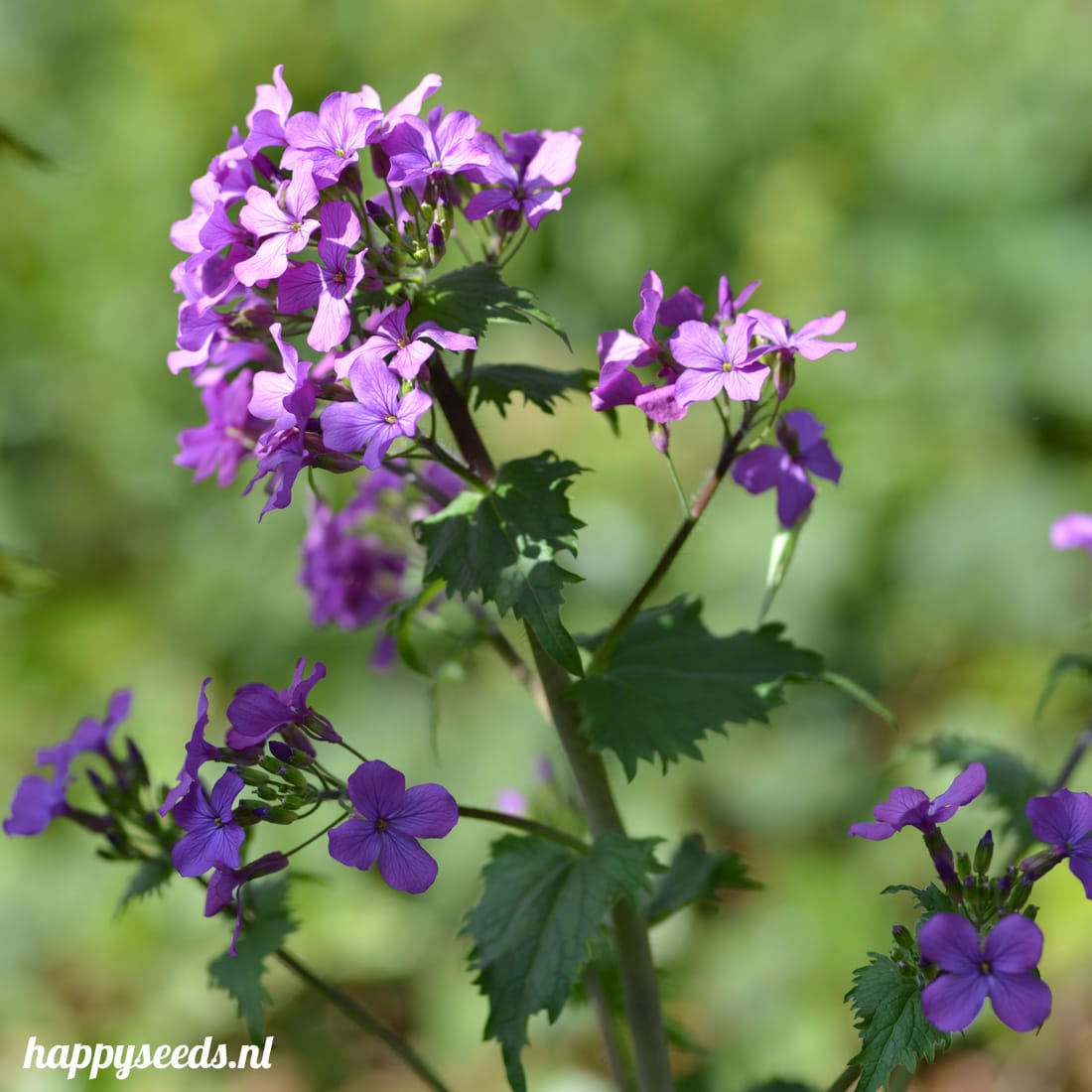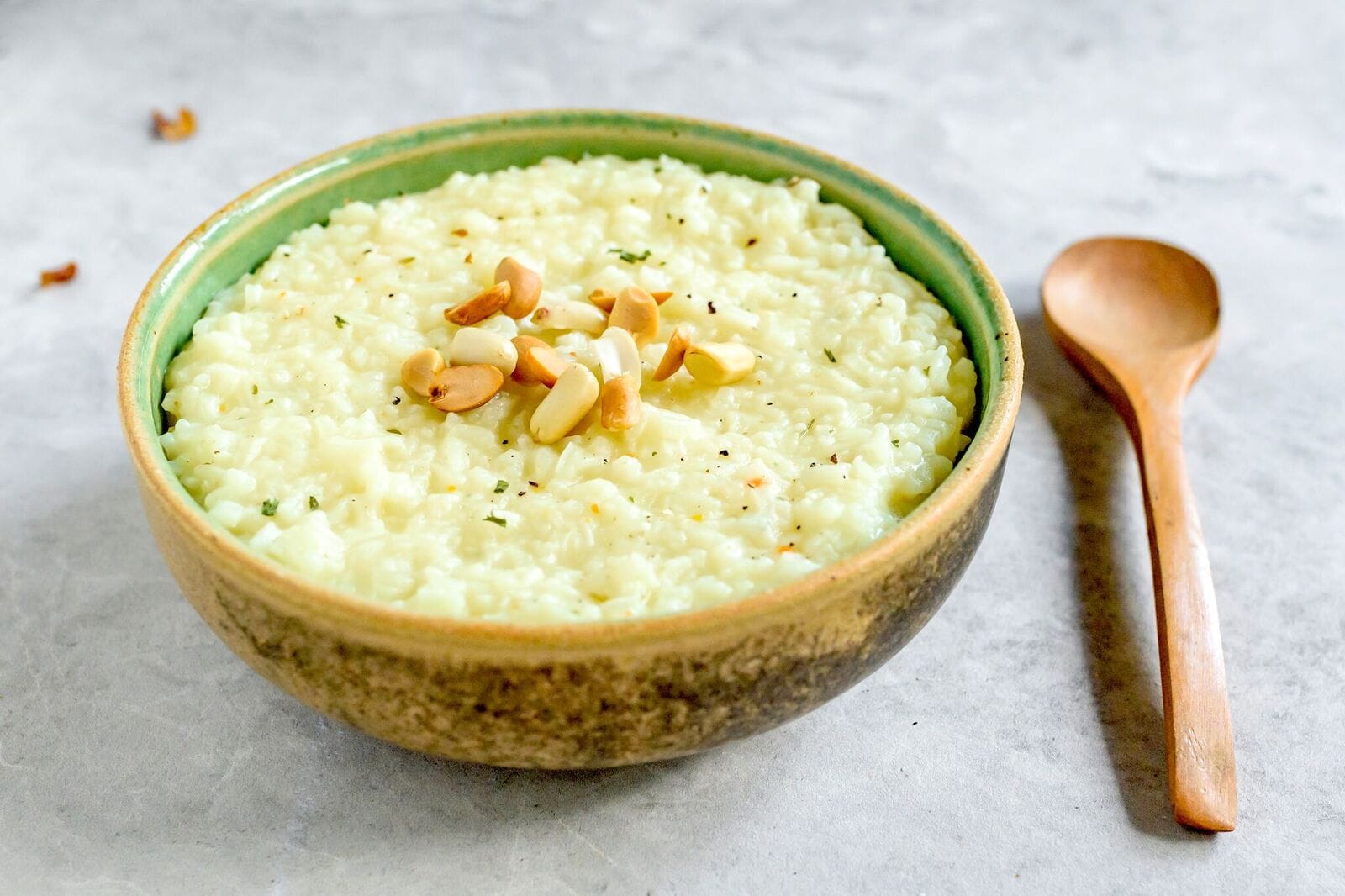In the stress common thread, I now would like to address yoga as a possibility to reduce stress and burn-out.
There are different types of yoga. In this blog I will give three.
The traditional form of Hatha yoga consists essentially of body exercises (the so called asana’s), breathing training and relaxation. Body and mind come together through a combination of these elements; you can grow in self-awareness and you come into better contact with yourself. It leads to acceptance of how it is in the here and now. Hatha yoga releases blocked energy. By deepening the breathing, the life force (qi in Chinese medicine and Prana in yoga) will flow better. You learn to concentrate more and relax more deeply.
Yin yoga was developed by Paul Grilley and is much calmer than hatha yoga. The poses are held 3 to 5 minutes and are aimed at relaxing the connective tissue and joints, they stretch deeper muscles and loosen the pelvic area. Because you exercise less intensively, you get more time to explore boundaries and possibly push them a little. Last month I wrote a blog on fascia, which you can find under the header ‘health’.
Yoga nidra is also called the ‘yoga sleep’. This is often done as a final relaxation after a hatha or yin yoga class. Yoga Nidra is, however, an isolated form within the yoga philosophy and was developed around 1950 by Swami Satyananda Saraswati. This man discovered that there is a phase between waking and sleeping. In this phase, tension flows away from the head and body. The special thing about this form of yoga is that you lie still on your back on your yoga mat and you are guided through the different phases of the practice by a voice. You are not supposed to think of it yourself, because the goal is relaxation, a deep relaxation to that your subconsious can free itself from deep-rooted stress. If you are not willing or able to practice Yoga Nidra in a class for whatever reason and you do feel drawn to this form, you can use Google and do it at home. Other pleasant side effects of Yoga Nidra are: it will facilitate falling asleep and sleep through the night.This practice provides a calmer head, a better concentration, more energy, more creativity and more selflove. And don’t we all want that?
Have you already become enthusiastic about picking up your yoga mat? All you have to do is decide to go and do it and the rest points itself out!





